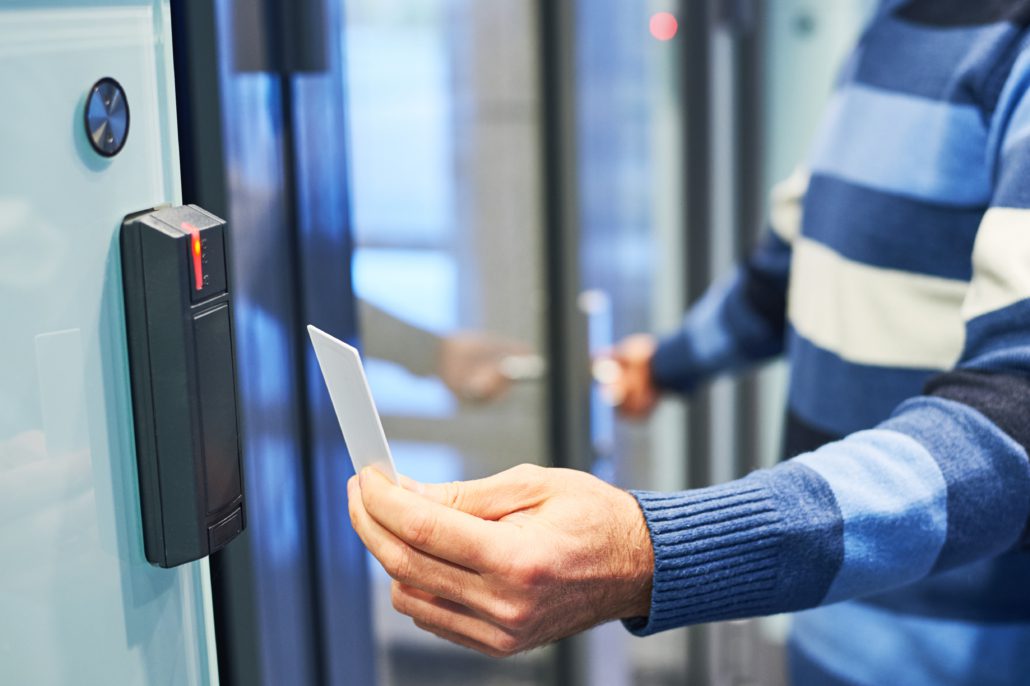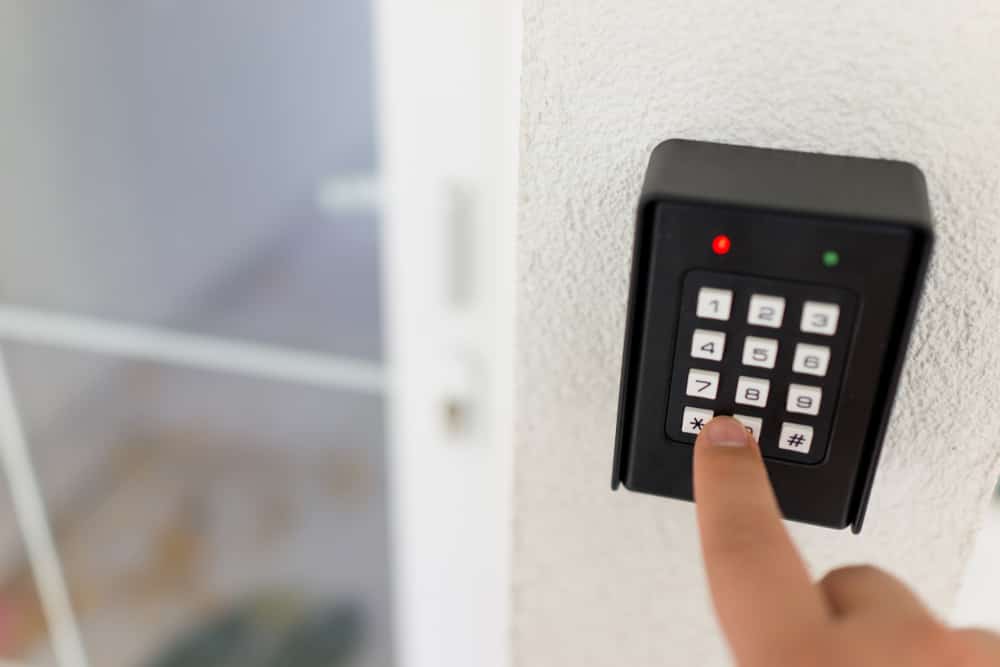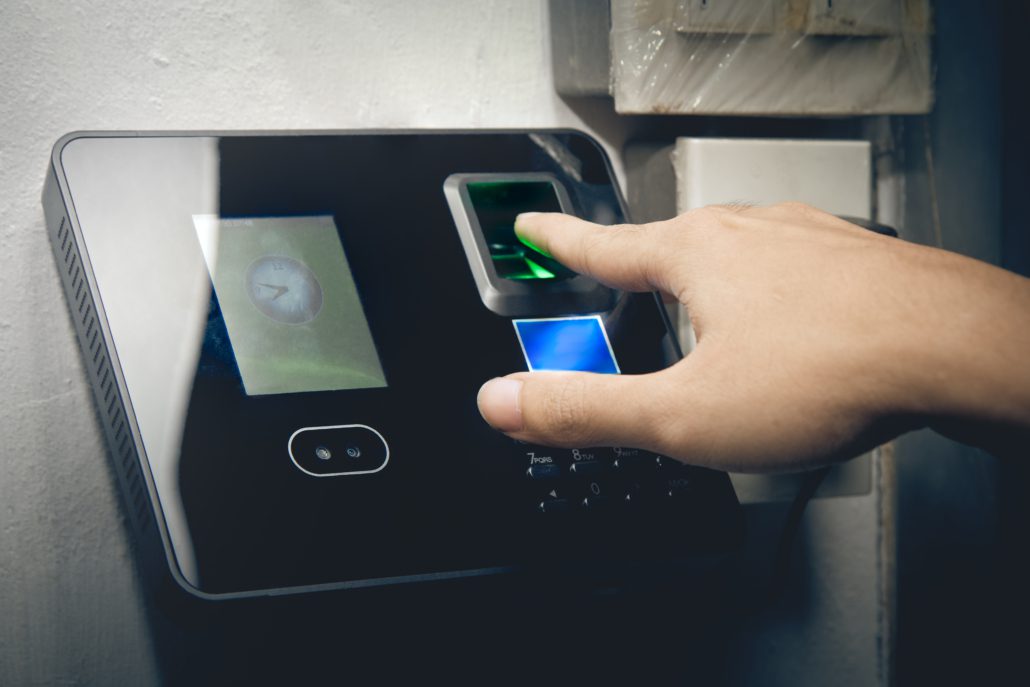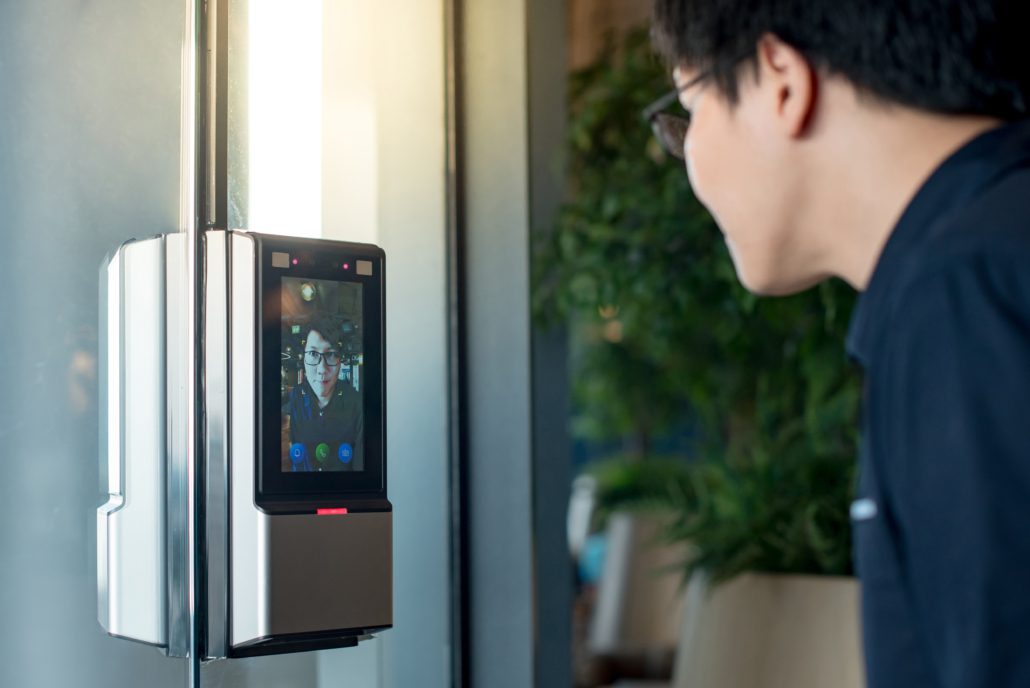Exploring Different Types of Access Control Credentials
Access control systems play a crucial role in securing physical spaces and digital resources. They ensure that only authorized individuals are granted entry or usage rights. One of the key components of an access control system is the type of credential used to verify an individual’s identity. Let’s take a closer look at some common types of access control credentials:
1. Keyfob RFID

Keyfob RFID (Radio-Frequency Identification) credentials are small devices that emit a radio signal containing unique identification information. These credentials are commonly used for proximity-based access control systems. When a keyfob is brought close to a reader, the reader detects the signal and grants access to the individual if their credentials are valid. Keyfob RFID is convenient and efficient for granting quick access to authorized personnel.
2. PIN Code

PIN (Personal Identification Number) codes are numeric passwords that individuals enter using a keypad or touchscreen. This type of credential is easy to use and can be changed frequently for enhanced security. While PIN codes provide a level of security, they are susceptible to unauthorized access if the code is compromised or shared.
3. Fingerprint Biometric

Fingerprint biometric credentials utilize an individual’s unique fingerprint patterns to grant access. Biometric systems scan and analyze the minutiae points of the fingerprint, ensuring a high level of accuracy and security. Fingerprint recognition is convenient and eliminates the need to remember passwords or carry physical cards.
4. Facial Recognition

Facial recognition is a biometric technology that identifies individuals based on their facial features. This credential type captures and analyzes facial characteristics to verify identity. Facial recognition systems have advanced significantly and can work effectively even in various lighting conditions. However, concerns about privacy and accuracy have been raised in relation to this technology.
5. Phone Bluetooth

Using Bluetooth technology, individuals can use their smartphones as access control credentials. When the phone is within range of a designated access point, it automatically connects and grants access to the user. This approach is convenient since many people carry their phones with them at all times. However, it requires individuals to keep their Bluetooth enabled and secure against potential hacking.
6. GPS Passive Mobile Credentials

GPS passive mobile credentials rely on location data from a user’s smartphone to grant access. When the smartphone is in a predefined geographical area, the access control system recognizes the user’s location and allows entry. This method is useful for controlling access to specific outdoor areas or locations with varying access permissions.
Access control systems can use a single type of credential or a combination of several to ensure multi-factor authentication. The choice of credential depends on the level of security required, user convenience, and the specific use case. It’s important for organizations to evaluate the pros and cons of each credential type to determine the most suitable approach for their access control needs.



